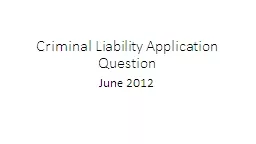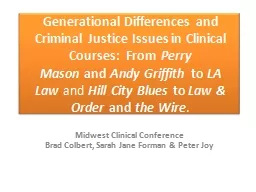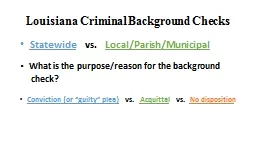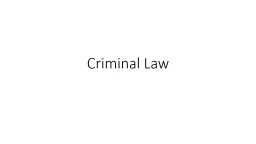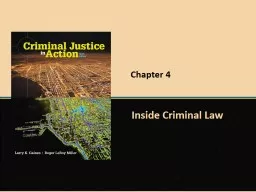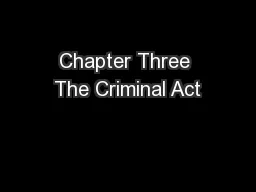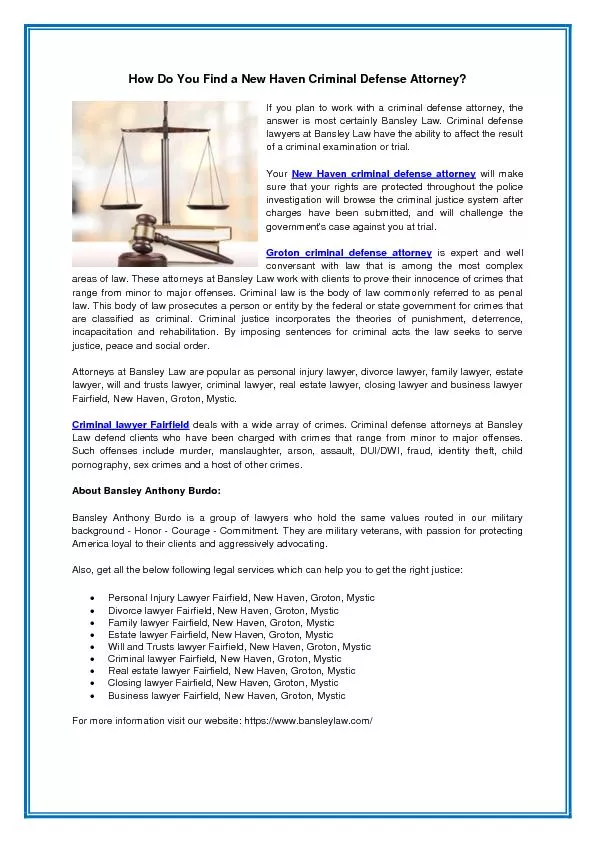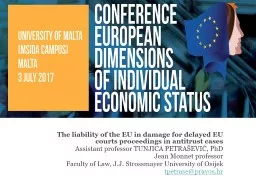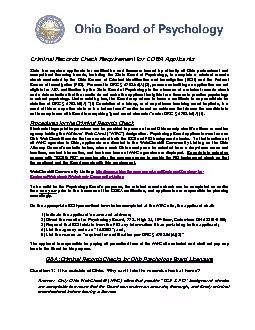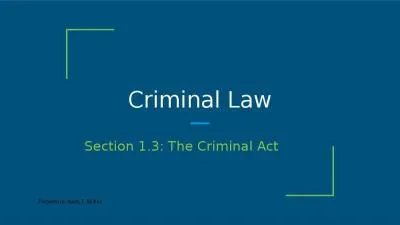PPT-Criminal Liability Application Question
Author : liane-varnes | Published Date : 2016-09-09
June 2012 Ignoring liability for any property offences discuss the criminal liability of Bryan for the incident with the brick 8 marks Ahmed was sitting in his
Presentation Embed Code
Download Presentation
Download Presentation The PPT/PDF document "Criminal Liability Application Question" is the property of its rightful owner. Permission is granted to download and print the materials on this website for personal, non-commercial use only, and to display it on your personal computer provided you do not modify the materials and that you retain all copyright notices contained in the materials. By downloading content from our website, you accept the terms of this agreement.
Criminal Liability Application Question: Transcript
Download Rules Of Document
"Criminal Liability Application Question"The content belongs to its owner. You may download and print it for personal use, without modification, and keep all copyright notices. By downloading, you agree to these terms.
Related Documents

